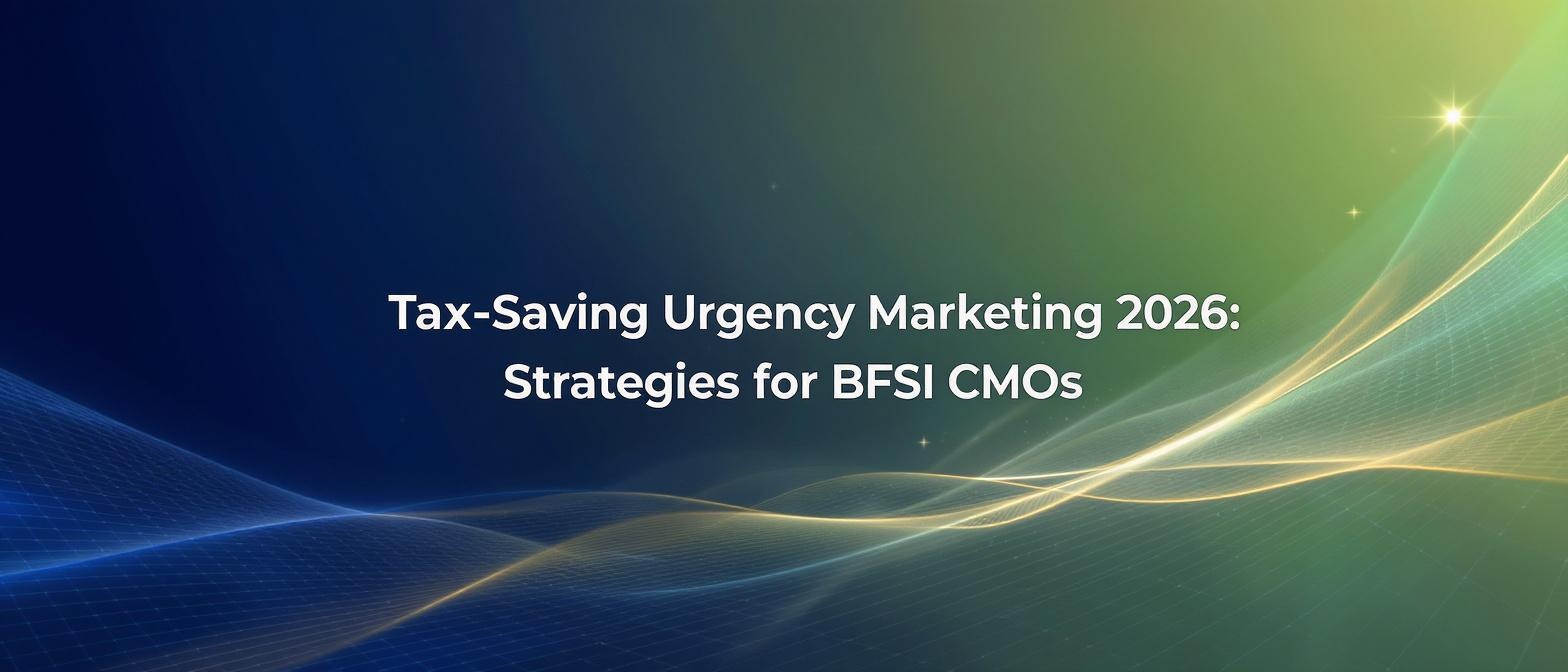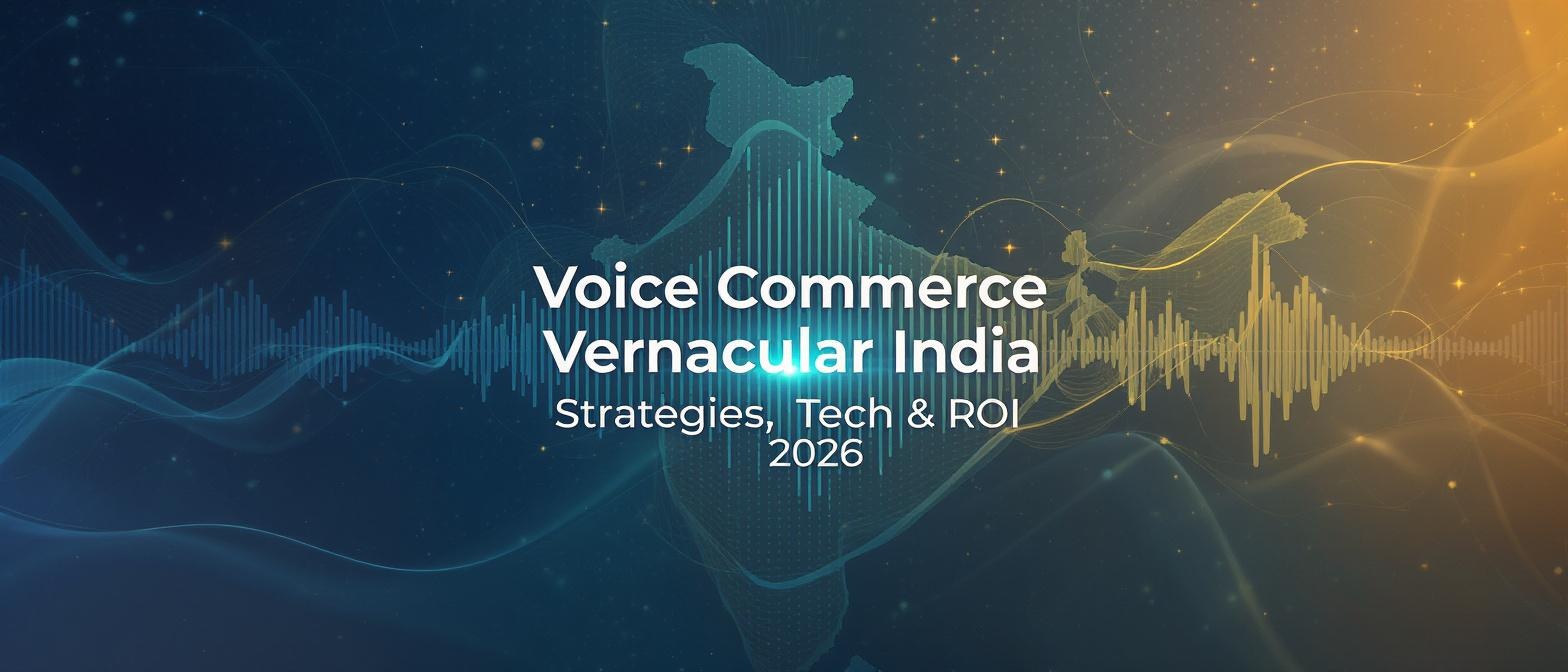Enterprise Video Content Management: Building a Future-Proof Infrastructure
Estimated reading time: 10 minutes
Key Takeaways
- Understand the importance of enterprise video content management systems for complex organizational needs.
- Explore the architecture and core functions of EVCM platforms, including integration capabilities.
- Learn how video CMS for personalization enhances engagement at scale.
- Discover how AI video asset management introduces intelligent automation.
- Grasp the significance of robust video content governance enterprise frameworks.
Table of Contents
- Introduction: Understanding the Enterprise Video Landscape
- 1. Enterprise Video Content Management Architecture and Core Functions
- 2. Video CMS for Personalization at Scale
- 3. AI Video Asset Management and Intelligent Automation
- 4. Video Content Governance for Enterprise Compliance
- 5. Scalable Video Storage Solutions and Distribution Architecture
- Frequently Asked Questions
Introduction: Understanding the Enterprise Video Landscape
Enterprise video content management has revolutionized how organizations handle their digital video assets. Unlike consumer-grade platforms that prioritize simplicity, enterprise video content management systems are purpose-built to handle complex organizational requirements including security, governance, scalability, and seamless integration with existing business workflows.
An enterprise video content management system is defined as "a specialized system that allows organizations to efficiently create, store, manage, and distribute video content across the enterprise, supporting secure access, scalability, personalized delivery, and integration with business workflows." This comprehensive approach ensures that IT teams can move beyond consumer tools to implement robust, API-driven solutions that meet corporate standards.
The critical difference lies in the technical architecture. While consumer platforms focus on ease-of-use, enterprise solutions prioritize video content governance enterprise protocols, advanced security measures, and scalable infrastructure that can handle millions of videos while maintaining compliance with regulatory requirements.
Modern organizations need systems that integrate seamlessly with their existing tech stack through RESTful APIs, support single sign-on authentication, and provide detailed analytics and audit trails. This is where purpose-built EVCM platforms differentiate themselves from generic video hosting solutions.
For more insights, read this guide on Understanding Enterprise Video Content Management.
1. Enterprise Video Content Management Architecture and Core Functions
Enterprise video content management encompasses far more than simple video storage. At its core, an EVCM system features a centralized video repository, comprehensive metadata database, integrated CDN distribution, and RESTful APIs that enable seamless ingestion and playback across multiple touchpoints.
Key Components:
- Centralized Asset Repository: A secure, scalable storage layer that maintains video assets with comprehensive version control and backup capabilities.
- Metadata Management Engine: Automated tagging and categorization systems that make video discovery and organization efficient.
- Transcoding Pipeline: Automated conversion systems that optimize videos for different devices and bandwidth conditions.
- Access Control Framework: Role-based permissions that ensure only authorized personnel can access specific content.
Core functionalities extend beyond basic storage to include intelligent ingestion workflows, adaptive streaming protocols, and advanced metadata management. The video workflow management system components enable automated processing pipelines where uploaded content is automatically transcoded, tagged, and distributed according to predefined business rules.
Integration capabilities are equally critical. Modern EVCM platforms support SSO protocols including SAML and OAuth, enabling seamless authentication with existing enterprise identity management systems. CRM and ERP connectors allow video content to be dynamically personalized based on customer data, while custom webhooks enable real-time notifications and automated workflow triggers.
Explore more on Enterprise Video Content Management and read about a Comprehensive Guide for CTOs and CMOs on video personalization strategy.
The technical infrastructure must support high availability and disaster recovery. Leading platforms implement redundant storage across multiple geographic regions, ensuring business continuity even during system failures.
For a deeper dive, check out the Enterprise Video Personalization Roadmap.
2. Video CMS for Personalization at Scale
Modern video CMS for personalization platforms enable dynamic content customization that was previously impossible at enterprise scale. The technical architecture centers around dynamic playlist generation, user-segment-based video manifests, and adaptive bitrate profiles that adjust content delivery based on viewer characteristics and network conditions.
The personalization engine operates through real-time API integrations that pull customer data from CRMs, marketing automation platforms, and analytics systems. This enables dynamic overlay insertion where text, images, and call-to-action elements are automatically customized for individual viewers or audience segments.
Technical Implementation:
- Dynamic Manifest Generation: Real-time creation of video playlists based on user profiles and behavior data.
- Overlay Rendering Pipeline: API-driven system that inserts personalized text and images into video streams.
- A/B Testing Framework: Automated systems that test different personalization approaches and optimize for engagement metrics.
The business impact is substantial. Scalable video storage solutions that support personalization report engagement increases of 300-500% compared to generic content. Organizations can now deliver thousands of video variations from a single source file, with each version tailored to specific customer segments, geographic regions, or individual preferences.
Integration with marketing automation platforms enables trigger-based video delivery. For example, when a customer abandons a shopping cart, the system can automatically generate a personalized video message that includes their specific products and preferred messaging tone.
Learn more from this Resource on Video CMS and DAM.
For a comprehensive approach to personalization strategy, refer to Crafting an Enterprise Video Personalization Strategy: A Comprehensive Guide for CTOs and CMOs.
3. AI Video Asset Management and Intelligent Automation
AI video asset management transforms traditional manual processes into automated, intelligent workflows. Modern implementations leverage machine learning pipelines that automatically extract metadata, generate searchable transcriptions, and identify key visual elements within video content.
AI Integration Pipeline:
- Automated Ingestion: Videos are automatically processed upon upload.
- Content Analysis: Machine learning models extract speech-to-text, identify objects, and detect faces or scenes.
- Metadata Enrichment: Extracted information is automatically tagged and categorized.
- Search Index Creation: Content becomes instantly searchable through semantic search capabilities.
Advanced video workflow management system implementations include real-time analytics dashboards that provide insights into viewer behavior, content performance scoring, and automated recommendations for content optimization. The system can identify which video segments generate the highest engagement and automatically create shorter clips or highlight reels.
AI-powered transcoding workflows automatically optimize video formats for different distribution channels. The system analyzes content characteristics and automatically selects appropriate compression settings, bitrates, and formats to ensure optimal playback across devices while minimizing storage costs.
Machine learning models continuously improve through usage patterns, becoming more accurate at prediction and categorization over time. This creates a self-improving system that becomes more valuable as the organization's video library grows.
Read more on Understanding Enterprise Video Content Management.
To ensure compliance and data privacy in your AI video workflows, explore AI Video Compliance Enterprise: Ensuring GDPR Video Personalization and Data Privacy in Modern Enterprises.
4. Video Content Governance for Enterprise Compliance
Video content governance enterprise frameworks are essential for organizations operating in regulated industries or handling sensitive information. Modern EVCM platforms implement comprehensive governance protocols that include role-based access control (RBAC), encryption at rest and in transit, detailed audit trails, and digital rights management (DRM) capabilities.
Security Architecture:
- Authentication and Authorization: Integration with enterprise identity management systems.
- Encryption Standards: AES-256 encryption for stored content and TLS 1.3 for data transmission.
- Access Logging: Comprehensive audit trails that track who accessed what content and when.
- Content Watermarking: Automated watermark insertion for content tracking and protection.
Compliance standards support includes ISO 27001, SOC 2, and industry-specific regulations like HIPAA for healthcare organizations. The governance framework ensures that all video content handling meets regulatory requirements while maintaining operational efficiency.
Advanced platforms implement consent-first models where all content usage requires explicit authorization. This is particularly important for organizations using celebrity endorsements or employee-generated content where rights management is critical.
Content moderation filters provide automated screening for inappropriate content, political messaging, or potentially harmful material. These systems use AI to flag content that violates organizational policies before it reaches distribution channels.
Single sign-on integration ensures that video access follows the same security protocols as other enterprise applications. Users authenticate once and gain appropriate access to video content based on their organizational role and clearance level.
Learn more from Kaltura's Blog on Enterprise Video Content Management and check out the Bynder Glossary on Video Content Management.
5. Scalable Video Storage Solutions and Distribution Architecture
Scalable video storage solutions require sophisticated architecture that can handle exponential growth in video content while maintaining performance and cost efficiency. Modern implementations leverage cloud-native object storage systems including Amazon S3, Google Cloud Storage, and Azure Blob Storage, often in hybrid configurations that combine on-premises and cloud resources.
Storage Architecture Considerations:
- Multi-Tier Storage: Automated policies that move content between hot, warm, and cold storage based on access patterns.
- Geographic Distribution: Content replication across multiple regions for optimal performance and disaster recovery.
- Auto-Scaling: Dynamic resource allocation that adjusts to demand spikes.
- Cost Optimization: Intelligent retention policies and automated archival systems.
CDN integration is critical for global content distribution. Leading platforms implement edge caching strategies that automatically replicate popular content to servers closest to end users. This reduces latency and improves user experience while minimizing bandwidth costs.
Video CMS for personalization requirements add complexity to storage architecture. Systems must support rapid access to master files while generating thousands of personalized variations. This requires high-performance storage systems with low-latency access and sufficient bandwidth to support real-time rendering.
For strategies on managing multilingual video content, refer to Mastering Multilingual Video Campaign Management: Strategies for Global Reach and Success.
Additional resources can be found at Cloudinary's Guide on Enterprise Video Content Management and Vplayed's Insights on Enterprise Video Content Management.
Frequently Asked Questions
What is an enterprise video content management system?
An enterprise video content management system is a specialized platform that allows organizations to efficiently create, store, manage, and distribute video content across the enterprise. It supports secure access, scalability, personalized delivery, and integration with business workflows.
How does AI enhance video asset management?
AI introduces intelligent automation by leveraging machine learning to automatically extract metadata, generate searchable transcriptions, and identify key visual elements. This transforms manual workflows into efficient, automated processes.
Why is video content governance important for enterprises?
Video content governance ensures that all video content handling meets regulatory requirements and maintains security standards. It includes role-based access control, encryption, audit trails, and digital rights management, which are essential for compliance and protecting sensitive information.
What are the benefits of video personalization at scale?
Video personalization at scale enhances viewer engagement significantly, with reports showing increases of 300-500% compared to generic content. It allows organizations to deliver customized content tailored to specific customer segments or individual preferences.
How do scalable video storage solutions help enterprises?
Scalable video storage solutions handle exponential growth in video content while maintaining performance and cost efficiency. They leverage cloud-native storage systems and support features like multi-tier storage, geographic distribution, auto-scaling, and cost optimization.





